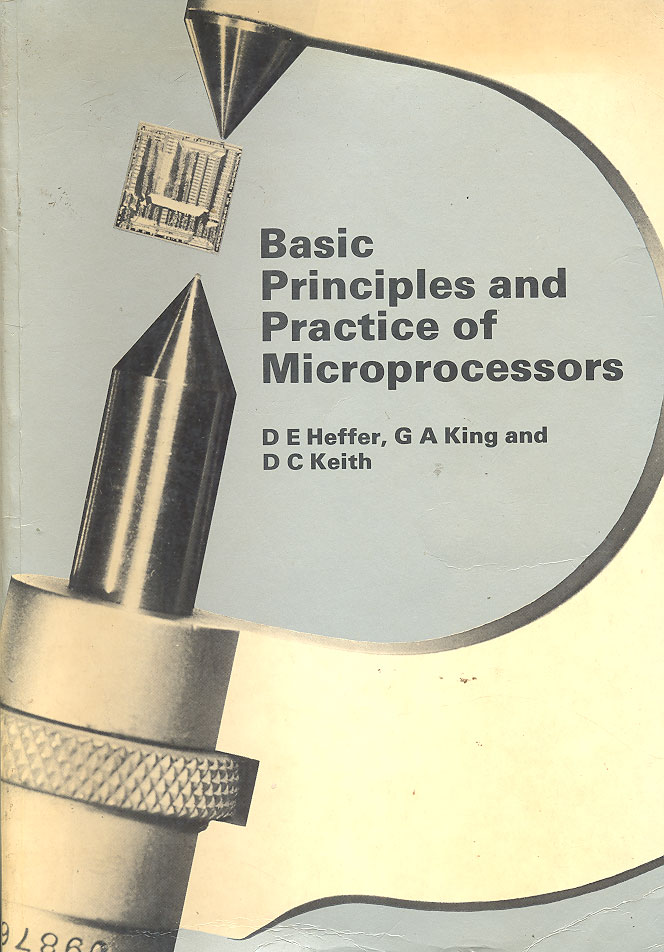Filters
Clear allSubject
- Careers (55) Apply Careers filter
- Climate Change (2) Apply Climate Change filter
- Creative arts and media (3) Apply Creative arts and media filter
- Cross curricular (28) Apply Cross curricular filter
- Design and technology (143) Apply Design and technology filter
- Engineering (111) Apply Engineering filter
- Food Preparation and Nutrition (1) Apply Food Preparation and Nutrition filter
- Leadership (1) Apply Leadership filter
- Mathematics (129) Apply Mathematics filter
- Personal development (2) Apply Personal development filter
- Psychology (1) Apply Psychology filter
- Science (149) Apply Science filter
- Space (2) Apply Space filter
- STEM Ambassadors (4) Apply STEM Ambassadors filter
- STEM Clubs (10) Apply STEM Clubs filter
Age range
Type
- Activity sheet (57) Apply Activity sheet filter
- Article (73) Apply Article filter
- Assessment (2) Apply Assessment filter
- Data set (3) Apply Data set filter
- Demonstration (3) Apply Demonstration filter
- Experiment (1) Apply Experiment filter
- Game (2) Apply Game filter
- Group work (3) Apply Group work filter
- Image (7) Apply Image filter
- Information sheet (24) Apply Information sheet filter
- Interactive resource (1) Apply Interactive resource filter
- Open-ended task (1) Apply Open-ended task filter
- Poster (7) Apply Poster filter
- Presentation (33) Apply Presentation filter
- Quiz (2) Apply Quiz filter
- Research (40) Apply Research filter
- Self assessment (1) Apply Self assessment filter
- Teacher guidance (113) Apply Teacher guidance filter
- Textbook (20) Apply Textbook filter
- Video (52) Apply Video filter
- (-) Remove Include Physical Resources filter Include Physical Resources
Showing 615 results
Made up of two complementary activities, these resources from the CS4FN team go deeper into theory about search algorithms.
The first activity involves the teacher leading a magic trick using some normal playing cards. In the subsequent explanation of the trick, students are asked to consider the pseudocode...
This longer-duration activity involves prototyping a low-power lighting system. It could be used in an off-timetable workshop or across a series of lessons.
Students are challenged to work through the whole design process, and to place a micro-controller (in this case a BBC micro:bit) at the centre of the...
This introductory guide explains how to use the LINUX shell known as BASH (Bourne Again Shell). BASH is useful for linking together various programs for creating innovative solutions, and can unleash the power of a Raspberry Pi.
The guide covers running BASH, the syntax used, how to chain together commands,...
Over 300 examples of tested programs for your pupils to try. Over 400 exciting programming activities illustrating practical applications of the computer. Reading age is controlled to 13.8...
This is a resource aimed at students aged 11-14. It is one of a series that support the use of the BBC micro:bit in the classroom. The pack contains several lesson plans, presentations and student handouts. The first ‘unplugged’ lesson introduces students to how programmable systems work, the second they are walked...
The BBC micro:bit is a great tool for carrying out surveys that involve quickly counting and recording one or two variables. Using the button inputs provides a simple interface to the device allowing, for instance, quick tallying of the numbers of two different types of bee around a plant. Other examples might...
For science teachers who want to get behind the coding and know how the programs work.
This activity, suitable for a multi-lesson sequence or a single extended session, challenges students to design and prototype a simple motion-sensing alarm. The device is intended to prevent theft or the accidental picking-up of a bag.
Motion is sensed using the accelerometer built-in to the BBC micro:bit,...
A short series of guides for using the versatile BASH shell on Raspberry Pi and other Linux computers.

This text presents a straightforward discussion of the way in which basic techniques in computing may be applied to the...
In this resource from the Construction Youth Trust, students are asked to work with percentage and decimal calculations when exploring the financial accounts of a small business. The materials have been written to help a non-teaching STEM professional to work with students in an educational setting.
The...

A starter kit which includes a BeagleBone Black board and components to get students started.
Kit contains:
- BeagleBone Black Board...
The Beginner’s Guide to Engineering series is designed to provide a very simple, non-technical introduction to the fields of engineering for people with no experience in the fields. Each book in the series focuses on introducing the reader to the various concepts in the fields of engineering conceptually rather...
This archive document guides teachers introducing Logo to the computing classroom. While some sections may refer to outdated technologies, many of the techniques and learning outcomes remain relevant to users of any Logo platform. The activities begin with simple drawing using the turtle and pen, and progress...

